Again and again and again: exploring reusable packaging
Again and again and again: exploring reusable packaging
Bottle deposit schemes have shown us what’s possible: drink up, return and refill. Repeat up to 50 times. Why not use it for packaging in e-commerce?
Bottle deposit schemes have shown us what’s possible: drink up, return and refill. Repeat up to 50 times. Why not use it for packaging in e-commerce?
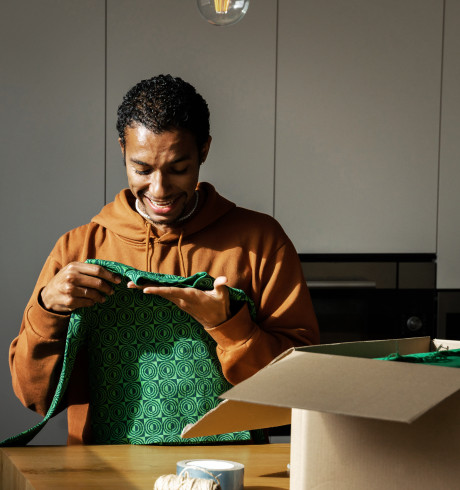
Even though the packaging materials that we currently use at Zalando are both made from recycled materials and recyclable, they are generally not suitable for repeated use. Handling during transportation, repeated opening and closing, bad weather conditions – all these factors affect the lifespan of the paper or cardboard we use.
Circular packaging models therefore require special reusable shipping bags or boxes which can be returned to the sender, reprocessed and cleaned to get them ready for the next order. In theory, the packaging could be reused several times, lowering emissions and reducing waste compared to conventional packaging units.
This sounds promising to us too, so we gave it a trial run. In Scandinavia, customers received their Zalando orders in reusable shipping bags in two trial periods. We were able to gain some important insights into our operational processes and the feasibility of this approach from these trials. It is also crucial to understand how much of an appetite customers have for reusable packaging schemes. In the initial stages, for example, only a small amount of the packaging came back to us. We realised that many circular models require a change in customer behaviour and the concepts need to be communicated effectively.
We have seen that the concept can work on a small scale. However, schemes like this do involve a considerable amount of extra work on the logistics side, as the shipping bags have to be returned, checked, cleaned and disinfected. A standardised deposit and return system would also have to be considered – similar to a glass bottle deposit scheme. So we are still a long way from introducing it across the board for all Zalando customers.
However, we still like the concept at Zalando. That is why we have developed a circular concept for our intralogistics packaging. This allows us to reuse our corrugated cardboard containers several times throughout our intralogistics network, which reduces the amount of waste we generate significantly. This approach allowed us to avoid using 980 metric tons of new boxes in 2022 alone.
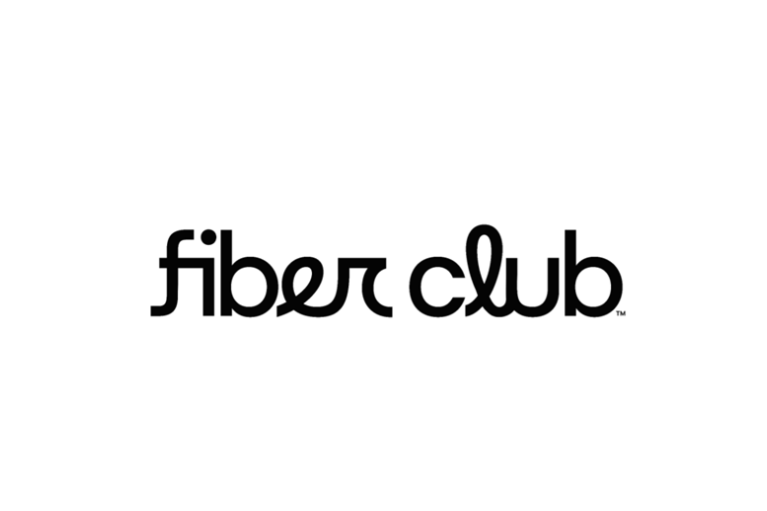
We're part of the club!
Zalando and leading fashion brands unite in Fiber Club to explore scalable solutions for next-gen materials

Say 'Why not?' and take the leap!
Interview with Vanessa Sanyauke, Founder of Girls Talk Corporation and The Hill on how she’s been advancing gender equality and creating equal opportunities
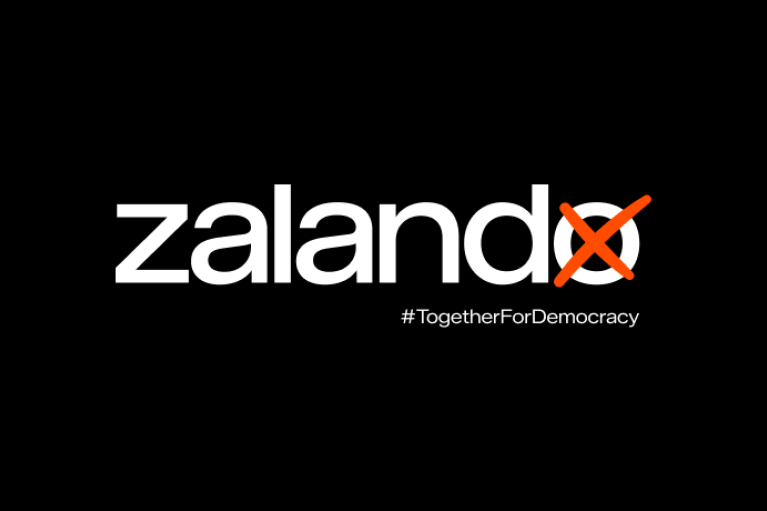
Every vote counts! #TogetherForDemocracy
Over 100 companies, from DAX-listed corporations to SMEs, are joining forces to send a strong signal in support of democratic values.
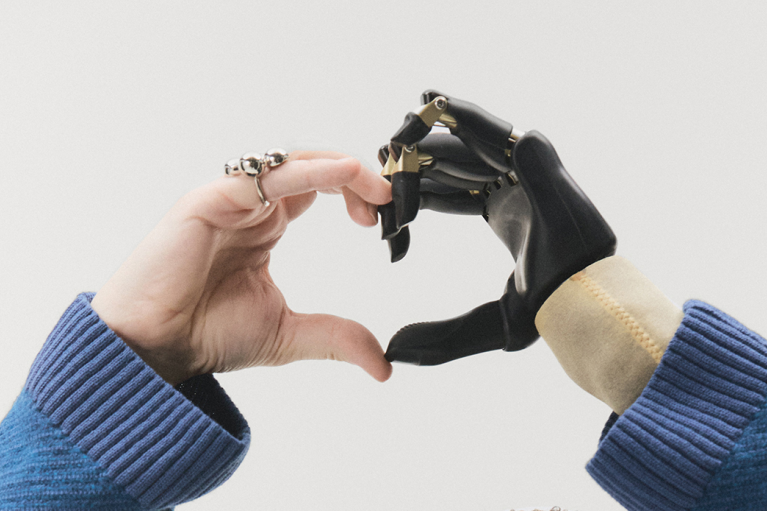
Design Academy: taking Adaptive fashion to the next level
Discover the finalists’ exclusive creations, their collaboration with Disabled community and the stories behind the third edition of the Design Academy

Enabling climate action through FASHION LEAP FOR CLIMATE
Discover how Steve Madden is using FASHION LEAP FOR CLIMATE to set science-based targets, advancing in their sustainability commitment
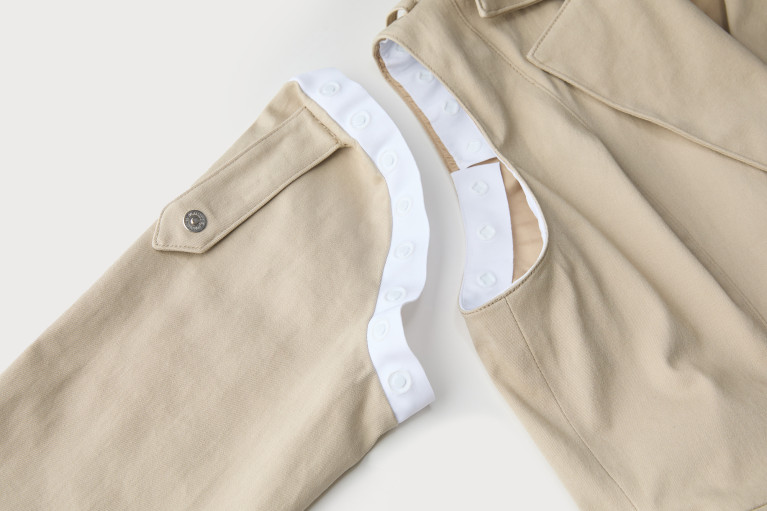
Design for inclusivity: pushing the boundaries in fashion
Sema Gedik, one of the mentors of the Design Academy, talks about nurturing creativity and diversity through Adaptive fashion design

Modest, but make it fashion
Modest wear content guidelines developed with stylist Deborah Latouche bolster representative content on Zalando

Five Years with Helsinki Pride: Celebrating Diversity & Inclusion
Zalando and Helsinki Pride celebrate 5 years of advancing diversity and inclusion, creating impactful campaigns and fostering a welcoming environment for all